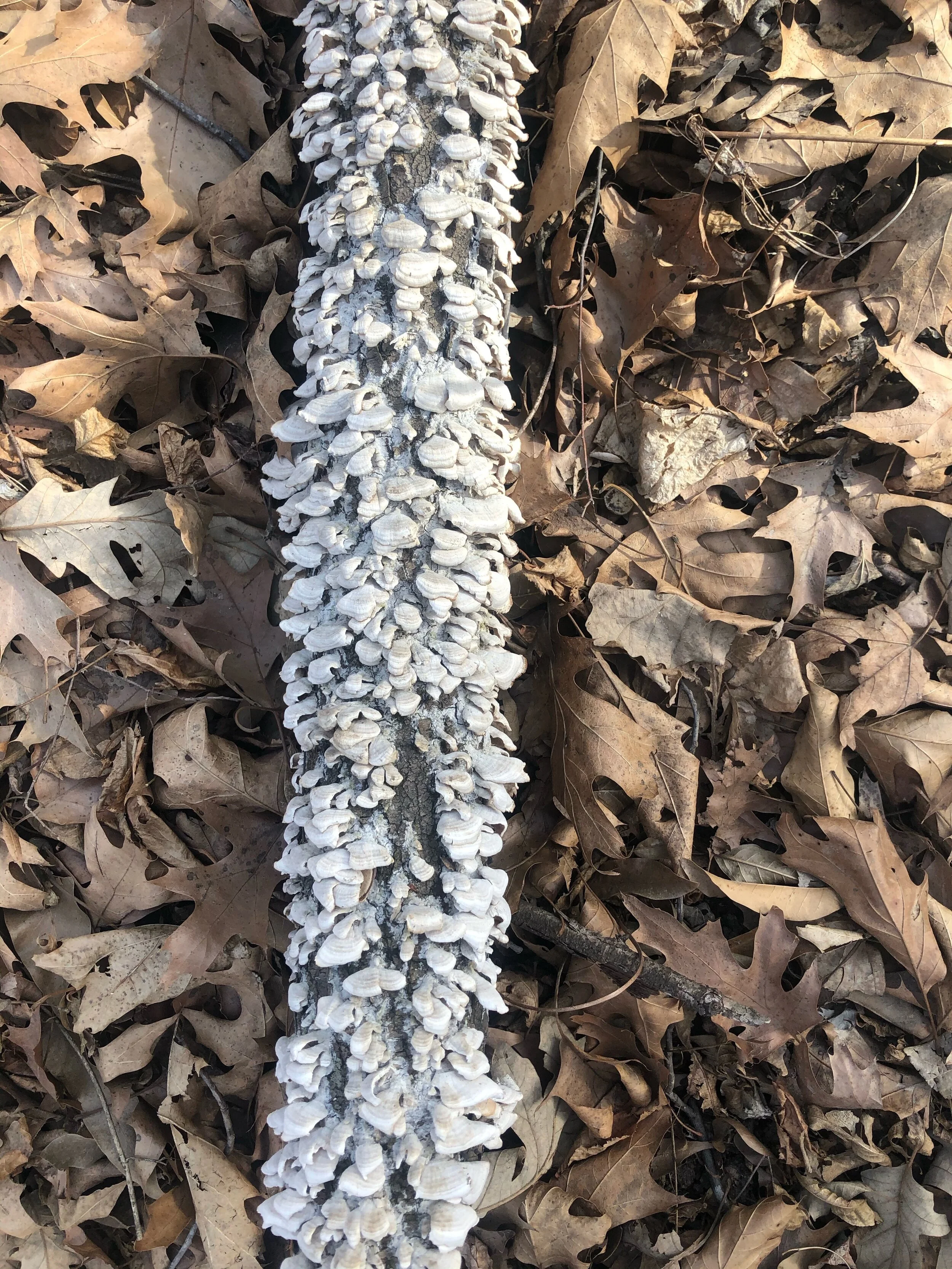Biomimicry – the key to a more sustainable future?
On one of my regular walks through the woods yesterday, I was reminded that there is no waste in the natural world. Right now, the first shoots of green are pushing their way through the blanket of leaves that fell from the trees last autumn. This foliage is decomposing in a slow and steady process, helping the soil to retain moisture and become richer. A mile down the trail, the birds were gathering twigs for their nests. And as the path wended its way back to the start, fungus was working hard to break down the structure of a fallen log.
The walk through the woods also reminded me that we don't have to look too far to find ways to make the future more sustainable. My course on the Principles and Business Models in a Circular Economy reintroduced me to biomimicry, which the Biomimicry Institute defines as "nature-inspired innovation that seeks sustainable solutions to human challenges by emulating nature's time-tested patterns and strategies." It’s a notion that has been around for well over a century; just think of how the Wright Brothers and others invented airplanes by watching birds in flight or how Velcro was inspired by burdock seeds. Today designers are taking inspiration from flora and fauna and learning that, perhaps, the natural world has had some of the answers all along. The more I delved into this topic, the more fascinated I became about the wealth of nature-inspired projects.
From tiny termites to whopping whales
The humble termite served as the inspiration behind the design for a 55,000 m² office and shopping complex in sub-Saharan Africa that is ventilated and cooled using passive methods. Designed by Zimbabwean architect Mick Pearce, the Eastgate Center in Harare consumes just 10% of the energy of a comparable conventional building and does not use air-conditioning.
Its design was based on 3D images of termite mounds in Africa, which can maintain constant temperatures and humidity despite temperatures fluctuating between 1.5 °C to 40 °C (35 °F to 104 °F). The architect and his team found that these mounds have a sophisticated system of flues and tunnels that help to expel hot air from the main underground chambers. They were also built with thick, insulating walls and designed to catch the breeze.
The architect took inspiration from the termite mounds by limiting glazing and designing thick walls to keep daytime heat gain to a minimum. The Eastgate Center also uses nighttime cooling and thermal storage to keep the inside temperature moderate throughout the day. You can read a lot more about the building’s interesting features here.
On the other end of the weight spectrum, the humpback whale weighs in at as much as 36 tonnes but is one of the most acrobatic divers and jumpers in the sea. Biomechanic Frank Fish and his team noticed that small bumpy protrusions on the whales' flippers reduced drag while simultaneously increasing lift – making its spectacular aerobatic leaps possible. Their research was ultimately translated to the world of wind energy, where turbine performance has been improved and noise reduced by replacing smooth propellers and blades with versions with strategically placed bumps. More details on their fascinating insights can be found in this article from Earth Magazine.
Back in the forest, my feet were wandering through the same ecosystem that inspired a carpet manufacturer. Interface developed its Entropy carpet tile after a team of designers went out into nature to study the flooring patterns created by nature and realised that the forest floor is filled with random objects in various sizes, shapes and shades.
The result? Modular tiles that come in different patterns but whose overall aesthetic is one of continuity. Made out of recycled nylon, Entropy tiles can also be easily replaced rather than having to install an entirely new floor.
These examples and others like them show that nature already has a myriad of refined structures and systems in place that foster sustainability.
All we need to do is stop and take a moment to notice what our planet has been trying to show us all along.


